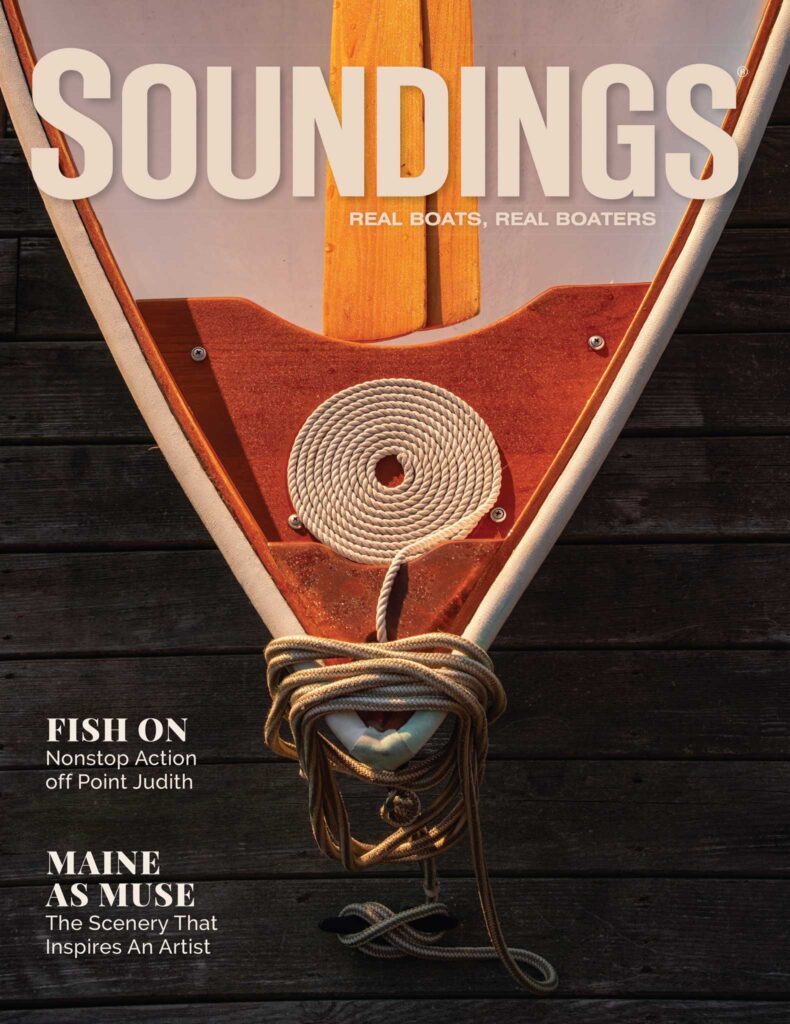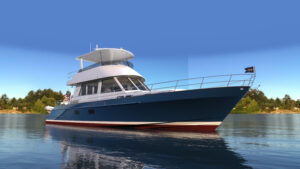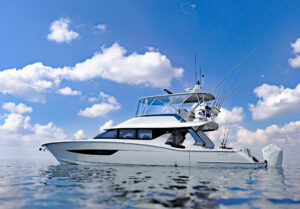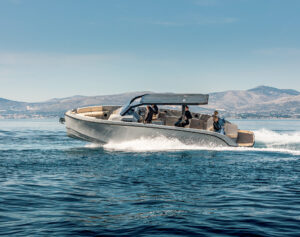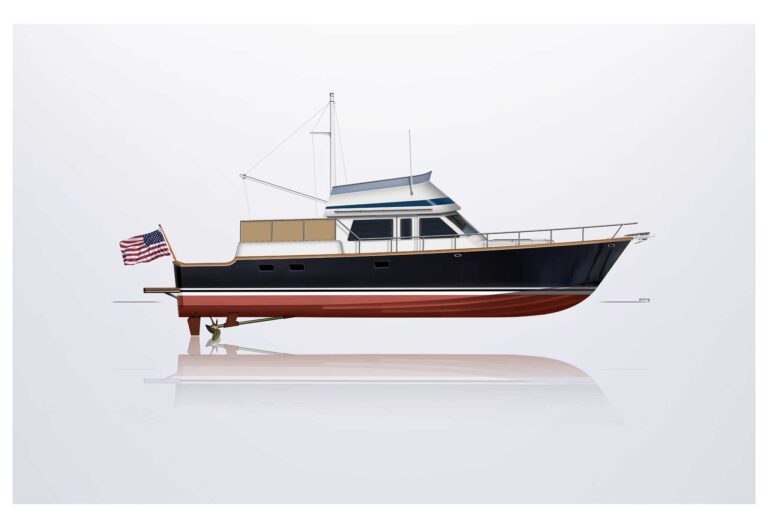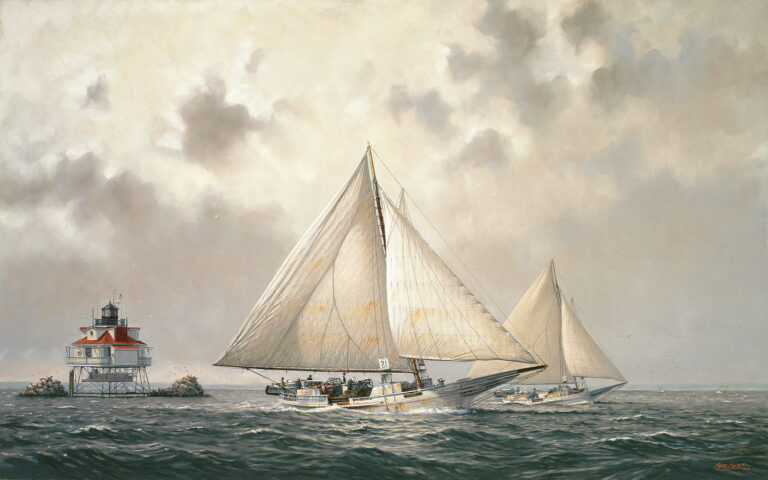It’s arguably one of the most recognized sailboats. The Sunfish — 13 feet, 9 inches of fun — can be found on beaches and bays and lakes around the world, with more than 300,000 built. In fact, the Sunfish has a place in the American Sailboat Hall of Fame as the “most popular fiberglass boat ever designed.”

The Sunfish story starts in 1946 in Waterbury, Connecticut, with carpenters Alex Bryan and Cortlandt Heyniger building iceboats and rowboats under the company name Alcort. While working on a rescue surfboard for the Red Cross (which the Red Cross rejected), they came up with the idea to put a sail on their wooden board. They later added a rudder and daggerboard for better sailing, gave it a cockpit and more beam, and called it a Sailfish. Alcort began selling them in 1947. (The boats were also offered as kits.)
The Sunfish debuted in 1951 as an evolution of the Sailfish, built first of wood. The fiberglass model debuted in 1960 and weighed barely 100 pounds rigged. It carried a 75-square-foot mainsail and had a planing hull that added speed and excitement. The lateen sail — with its distinctive Sunfish logo designed by Heyniger — made the boat fast in light air and gave it thrilling downwind performance. It was the perfect small boat: simple to sail, fast and fun, and affordable.
AMF bought Alcort in 1969 and gave the Sunfish flashy hull graphics and multicolored sails. The boat caught on with the younger generation, as well as with racing sailors, including Dennis Conner and Garry Hoyt. In 1969, the Sunfish Class Association — since replaced by the International Sunfish Class Association — was formed. Major regattas and informal races were held everywhere, and continental and national regattas are still regularly staged. Pearson Yachts developed the current design when it owned the brand; today, LaserPerformance manufactures the boat.
The Sunfish, according to the hall of fame, “has earned lasting recognition by fostering new enjoyment and growth in the sport of sailing through excellent design and production ingenuity.”
This article originally appeared in the March 2017 issue.

